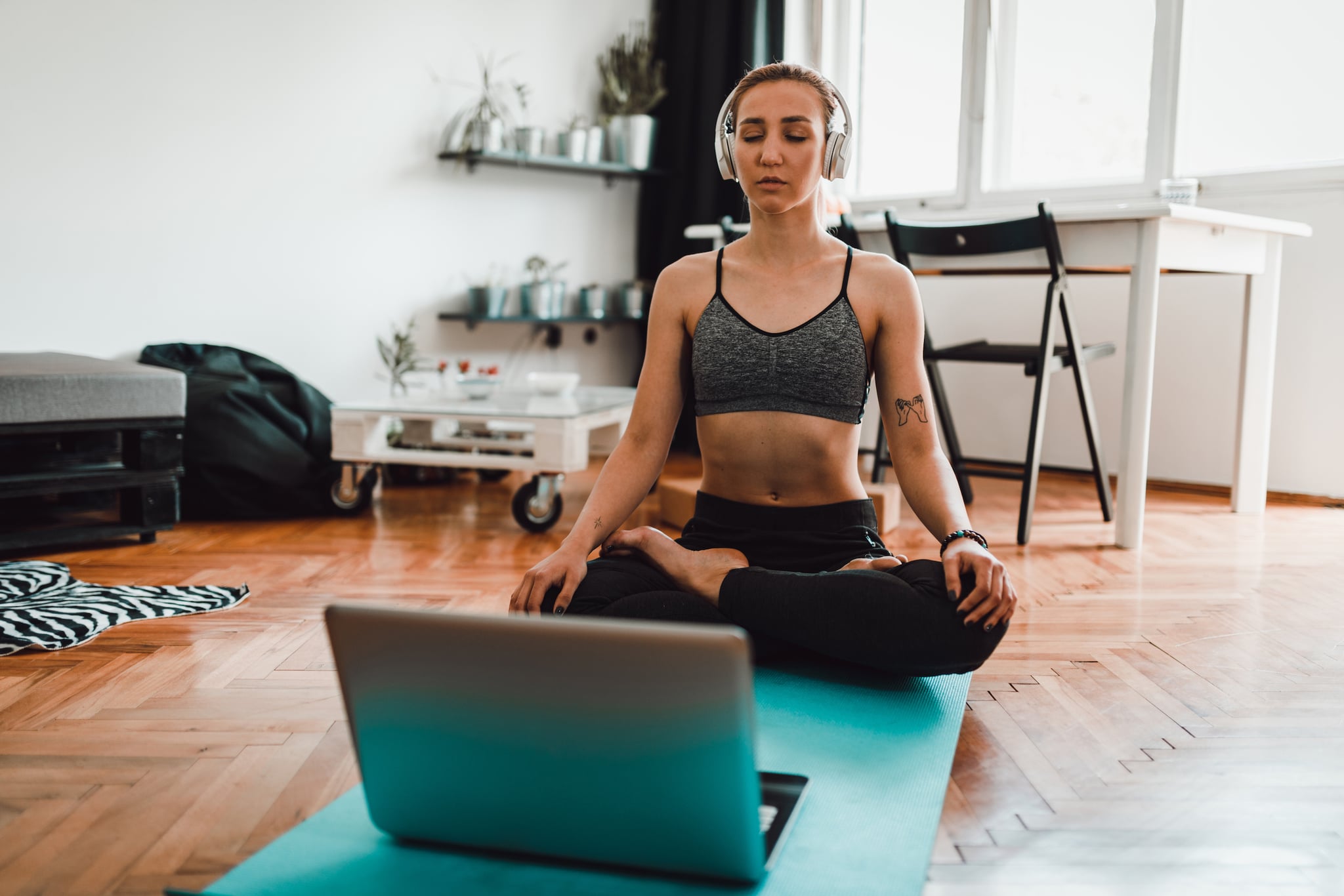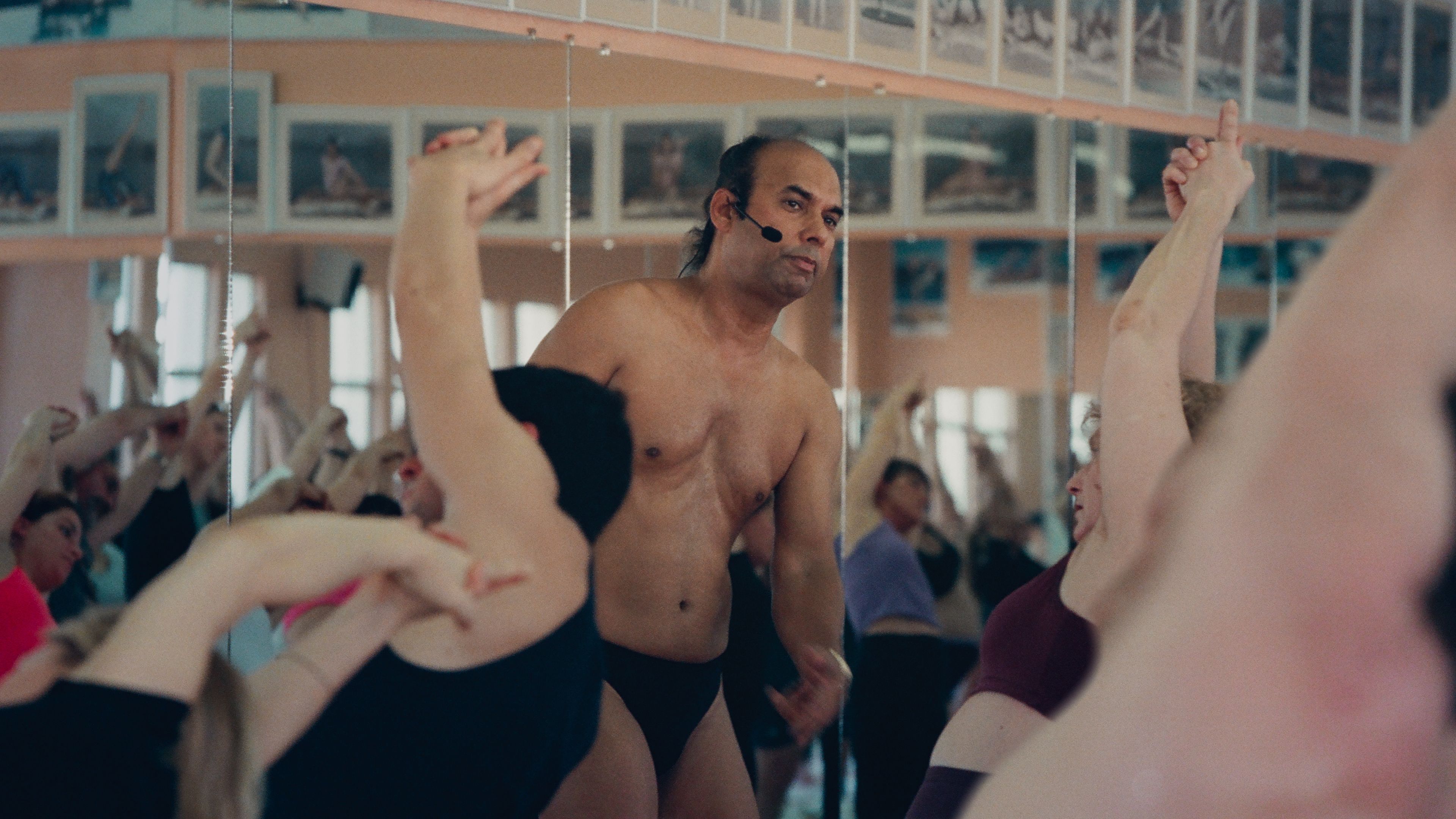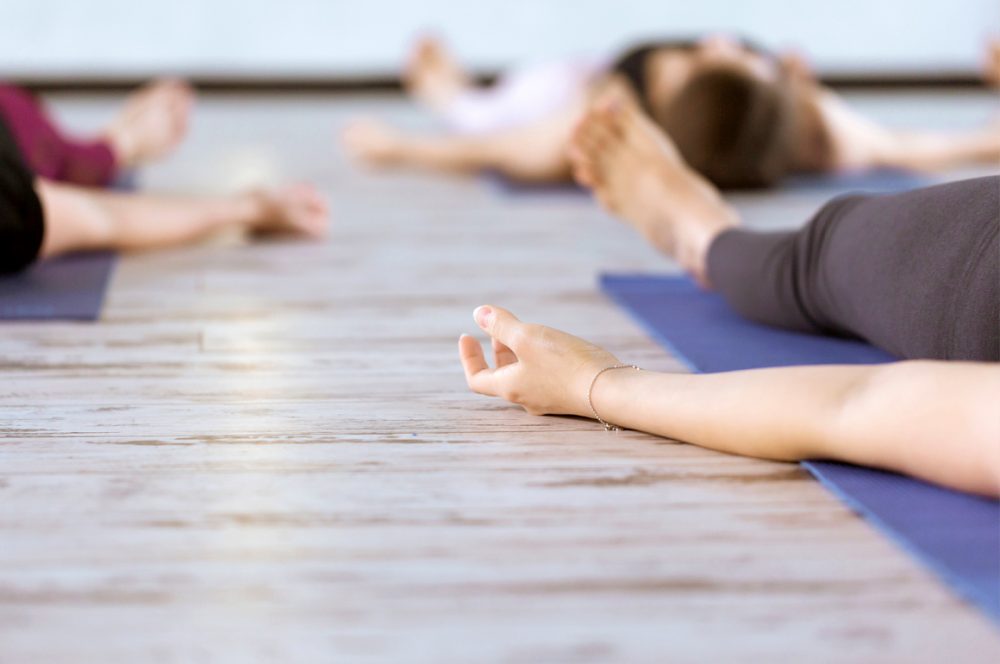
Eye yoga can improve your sight and strengthen your eyes. You may also avoid eye strain, and decrease the chance of getting eye diseases. However, the exercises cannot replace medical advice. You should always consult your eye doctor before starting any new exercise program. After cataract surgery, eye yoga can help rebuild your ocular strength.
You can perform the exercises with either your eyes closed or open. The first step involves sitting comfortably, allowing your eyes to open and close slowly for three seconds. Place an object at 20 feet. For three seconds, focus on the object and then close your eyes. The goal of this exercise is to retrain your eyes' ability to focus. The ciliary muscles contract to concentrate on near objects and relax to focus distant objects.
Another exercise involves palming. Palming can help you relax and focus your eyes on objects. Palming involves placing your hands over your eyes. You should apply pressure to your eyes, but not too much that it hurts. You can massage your eyes gently if you find the exercise uncomfortable. After you feel at ease, you can increase pressure. This exercise should last no less than five to ten minutes.

You should avoid wearing contact lenses before doing these exercises. If you have dry, glaucoma, or other eye conditions, you should not do these exercises. However, you should still follow any instructions from your eye doctor or optometrist. If you are taking prescription glasses or contact lenses, it is a good idea to have them removed before doing these exercises.
The 20-20-20 Rule helps you focus your eyes on distant objects. This exercise requires that you focus on an object at least 20 feet from your eyes. Focus your attention on the corner of the eyebrow when looking at the object. If you find it difficult to focus, then you might try looking at something closer. To help guide your eyes, you could use a pencil or a finger.
If you have dry eyes or are experiencing chronic eye strain, it is not recommended that you do any eye yoga. These exercises will not treat the cause. They can only be used in conjunction with medical advice. It is important that you keep track any changes in vision and schedule regular eye examinations. This can help you identify eye problems early.
Eye yoga can help reduce eye strain, improve eye flexibility, and give you a healthier, more flexible look. It is also a great way of preventing eye diseases. Additionally, eye yoga exercises could help with eye strain.

There are many options available to help improve your vision, depending on what you need. Some exercises can be performed while your eyes are closed, while others require your eyes to be open. No matter what exercise you do, you will reap the benefits.
FAQ
Does yoga have any effect on pain management?
Yoga may be an effective treatment for people who have chronic back pain. It improves flexibility, balance, strength and stress management.
Before starting any type of exercise program, it is important to check with your doctor.
What foods should I avoid when practicing yoga?
You may experience a decrease in energy levels if you avoid certain foods. It could also cause you to feel bloated. You might feel tired after the practice.
Can women do yoga
Absolutely! Yoga is open to all genders.
Yoga is available in many different styles, for both men as well as women.
How will my clothes fit after I practice Yoga?
Most likely, yes. The majority of yoga pants have elastic waists and can be worn as a stretchy garment. You should find them comfortable enough to wear during exercise without feeling restrictive.
Yoga pants may not fit well if your weight has dropped recently. You might consider shorts or leggings in this situation.
Do I need to be flexible to practice yoga?
It all depends on the type of yoga that you choose. Some yoga styles require flexibility while others emphasize muscle strength.
Also, different levels of flexibility are required depending on the style of yoga. Beginners might only need to extend their arms overhead. Intermediate practitioners will need to bend forward and touch the toes. Advanced practitioners may need deep twists.
Statistics
- The American Psychological Association recently shared that 84% of American adults feel the impact of prolonged stress (5). (healthline.com)
- A 2020 review of 27 studies (1,805 total participants) of yoga interventions in children or adolescents found reductions in anxiety or depression in 70 percent of the studies, with more promising results for anxiety. (nccih.nih.gov)
- In comparison, a 125-pound person is estimated to burn 135 calories in 30 minutes of walking (at a pace of 15-minute miles) and 210 calories bicycling at a moderate pace on a stationary bike. (everydayhealth.com)
- Lock in 25% off your Founding Member rate. (corepoweryoga.com)
- According to the Agency for Healthcare Research and Quality, falls are incredibly common among older adults in nursing facilities. Even the simplest ones can increase the risk of death (24). (healthline.com)
External Links
How To
Yoga can help menopause symptoms
Yoga, an ancient form of meditation, focuses on breathing, stretching, and meditation. It originated in India. It has been practiced for thousands of years as a way to stay fit. Recently, it has become increasingly popular as people seek alternative ways to keep healthy and active during periods of stress and illness.
Yoga is based on the use of physical postures (asanas), that stretch muscles, improve posture, and increase flexibility. This helps relieve tension and increase strength and stamina.
There are many kinds of yoga. Each type of yoga focuses on a specific aspect of the body such as breathing, stretching and relaxation.
All types of yoga are meant to help you achieve harmony within your body and mind. Yoga can improve your fitness, sleep quality, weight loss and energy levels as well as reduce stress levels.
Several studies have shown that yoga may be beneficial for treating conditions such as depression, anxiety, and insomnia. But, it is difficult to prove its effectiveness for other health problems such as menopause symptoms.
Yoga not only makes you happier but also helps you relax and manage stressful situations. This can be useful for women going through menopause.
It is important to note that yoga can cause muscle soreness after exercise, so starting at a low-intensity level is wise. Your doctor should be consulted if you have questions or concerns about your health.